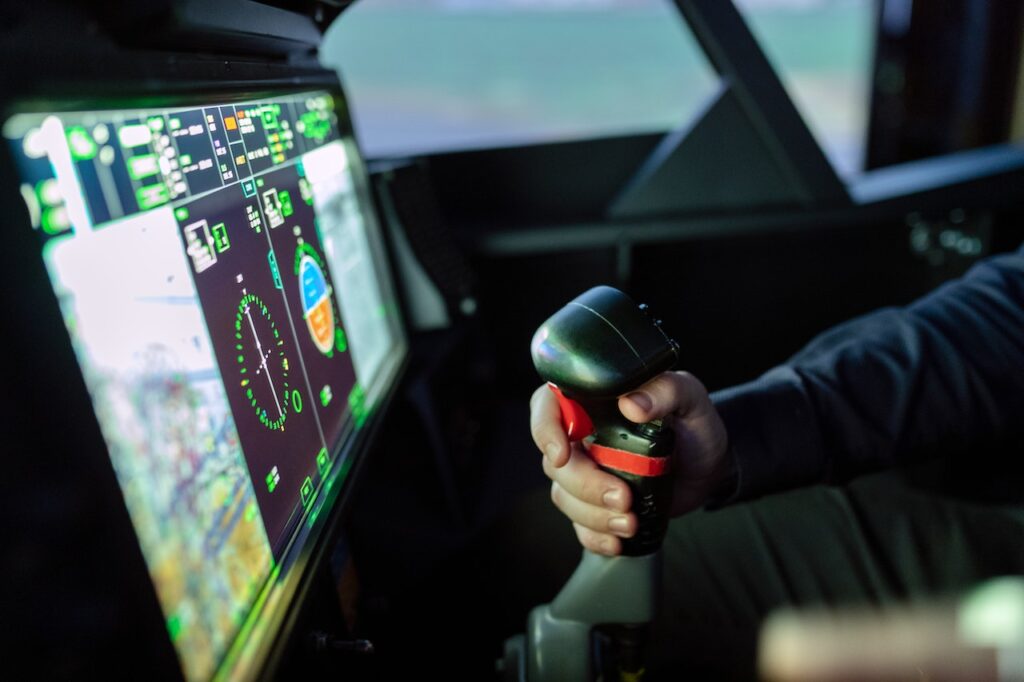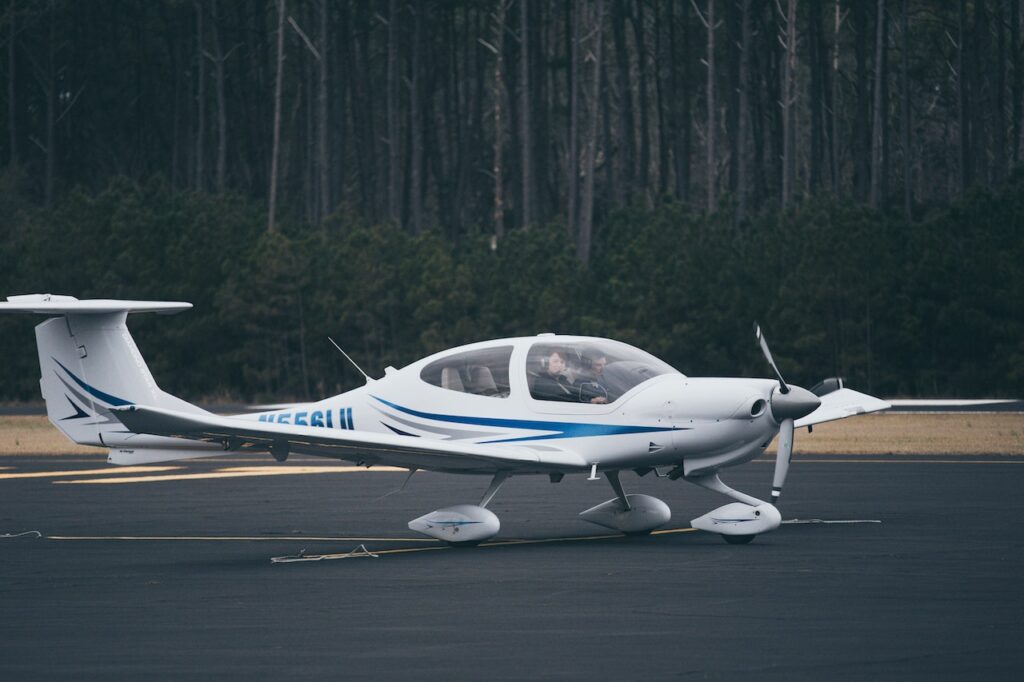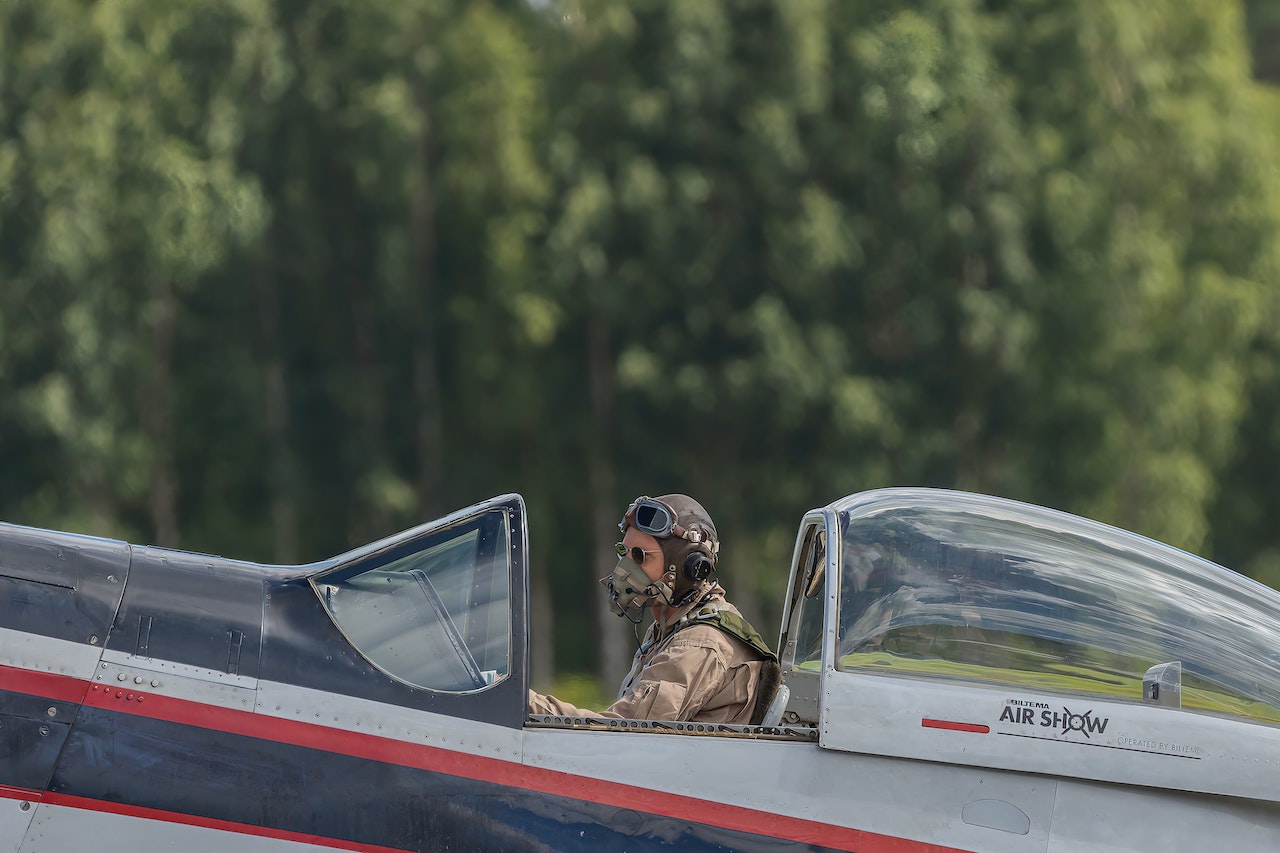In an industry as competitive and demanding as aviation, standing out from the crowd is key to soaring above the competition. As an aspiring cadet pilot, you hold an ambition to navigate the skies, embodying precision, determination, and a commitment to learning.
Yet, translating these attributes into a compelling resume may seem as challenging as mastering a Boeing 747. By providing key insights and practical steps, this article will assist you in creating a dynamic and impactful resume, setting the course for your journey as a cadet pilot. If you ever need help, you can always check the professional aviation resume writing service to assist you with your documents. Anyway, strap in, check your controls, and prepare for takeoff!
Understanding the Role of a Cadet Pilot
In the realm of aviation, a cadet pilot holds an instrumental position characterized by learning, adapting, and growing in a dynamic environment. Embarking on the journey to become a cadet pilot implies being prepared for a rigorous training process, typically offered by airline-sponsored training programs. These programs are recognized for their competitiveness and are, therefore, highly sought after by those eager to fly high in the aviation industry.
At the crux of the cadet pilot’s role is the expectation of quick learning and adaptability. The training process involves studying under experienced instructors, absorbing their knowledge, and gaining proficiency in various operational and safety protocols.
A cadet pilot is expected to develop a comprehensive understanding of aeronautical principles and demonstrate excellent communication skills.
Beyond theoretical knowledge, cadet pilots are thrown into various simulated scenarios to develop practical skills for handling diverse situations and making quick decisions.
Ultimately, the role requires not just flying an aircraft but managing a flight with a steady hand and calm mind.
Highlight Your Relevant Qualifications
In pursuing a career as a cadet pilot, showcasing your relevant qualifications is paramount to making a solid impression on recruiters. Your resume should effectively capture your qualifications and demonstrate how they align with the requirements of the cadet pilot role.
Begin with a summary statement that neatly encapsulates your qualifications. This section should succinctly present your flight hours, certifications, and key skills, creating a strong initial impact. Here’s an example of how to structure it:
“Dynamic Cadet Pilot with 200 logged flight hours, armed with a Commercial Pilot License (CPL) and Instrument Rating (IR). Exhibits strengths in technical analysis, communication, and decision-making under pressure. Demonstrated ability to adapt swiftly to high-stress environments and maintain composure.”
This brief yet powerful summary effectively communicates your practical flight experience, certifications, and relevant skills, giving recruiters an immediate sense of your qualifications. Remember, the key is to align your qualifications with the job description to demonstrate your suitability for the role.

Showcase Your Training and Education
The aviation industry is grounded in technical knowledge and practical skill, making your education and training fundamental to your success as a cadet pilot. Therefore, your resume must clearly articulate the breadth and depth of your aviation education.
In your education section, list your qualifications in reverse chronological order, beginning with the most recent. Include the institution’s name, your degree or certificate, and the dates of completion. If you have a Bachelor’s degree in Aviation, Aerospace Engineering, or a similar field, be sure to highlight it.
For instance:
Bachelor of Science in Aviation – XYZ University (2018 – 2023)
If you have undergone specific pilot training at a flight school, it’s equally important to detail these experiences. Remember to include the type of training program, the flight school’s name, and the completion date.
For example:
Commercial Pilot License (CPL) Training – ABC Flight School (2023)
In addition, any additional courses, workshops, or certificates related to aviation should also be mentioned. These might include technical courses such as aircraft systems, aerodynamics, or soft-skills training like leadership or communication workshops relevant to the cockpit environment.

Detail Your Flight Experience
Flight experience is a key component in your resume, as it provides tangible proof of your skills and capabilities as a pilot. This section should present a comprehensive overview of your practical flying experience, serving as a testament to your training and aptitude.
When detailing your flight experience, including the type and model of aircraft you have flown and the number of flight hours logged. For instance, you could state:
“Logged 200 flight hours piloting Cessna 172 and Piper PA-28 aircraft.”
Beyond merely stating the facts, use this opportunity to highlight your specific roles and responsibilities during each flight. This could include duties like pre-flight checks, navigation, and managing communication with air traffic control. Showcase any notable experiences, such as overcoming challenges or handling difficult weather conditions, to demonstrate your adaptability and resilience.
For example:
“Successfully navigated challenging weather conditions on multiple cross-country flights, demonstrating advanced understanding of meteorology and strong decision-making skills.”
Flight experience is also an excellent opportunity to highlight any unique or exceptional experiences. If you have undertaken any solo or cross-country flights, or have experience with night flying, ensure you note these.

Proofread Your Resume
As a pilot, attention to detail is critical. It’s a quality that ensures the safety of your aircraft and passengers. Similarly, in the context of your professional pilot resume, meticulous attention to detail can be the deciding factor between landing an interview or not. Hence, proofreading your resume is a step you cannot afford to skip.
Follow these steps for effective proofreading:
- Check for spelling and grammatical errors: Utilize spell-check tools, but don’t rely solely on them. Manual proofreading is essential as spell-checkers may not pick up on improperly used words that are spelled correctly.
- Verify all information: Ensure that all your flight hours, certifications, educational qualifications, and contact details are accurate and up-to-date.
- Check consistency in formatting: Ensure that your font size, type, headings, and bullet points are consistently formatted throughout the document.
- Review the job description: Ensure that your qualifications and skills match those required for the cadet pilot position.
- Get a second opinion: Have a mentor, colleague, or professional resume writer review your resume. They may spot errors that you’ve overlooked.
Remember, your resume is a reflection of you. Just as a pilot would never neglect to carry out pre-flight checks with quality assurance, don’t let your resume take off before thoroughly proofreading it.
Conclusion
In conclusion, crafting a compelling resume for a cadet pilot role is a process that demands attention to detail, showcasing your skills, and effectively highlighting your qualifications and experience. From understanding the role of a cadet pilot to proofreading your resume meticulously, each step contributes towards creating a strong impression on your potential employer.
Remember, your resume is your ticket to the interview stage, so invest the time and effort to make it as professional, relevant, and appealing as possible. With a well-prepared resume, you’re ready to embark on the exciting journey of becoming a cadet pilot. Let your career take flight!
